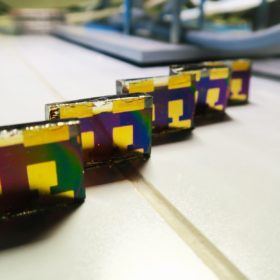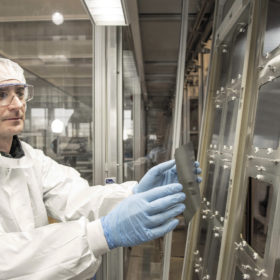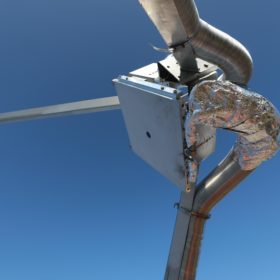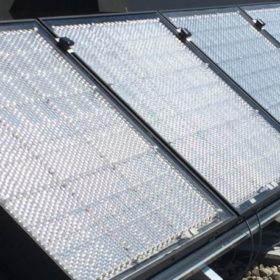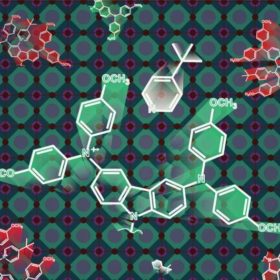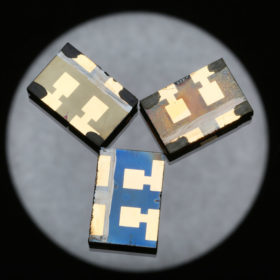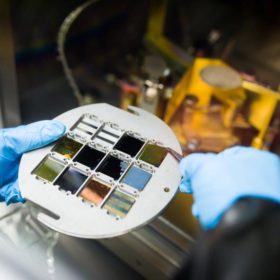EPFL scientists put perovskite through its paces
Scientists working at Switzerland’s École Polytechnique Fédérale de Lausanne, in the lab of renowned PV scientist Michael Grätzel, have developed a new method for testing perovskite solar cells that they say combines the advantages of laboratory and outdoor testing and will contribute to the creation of industry standards for characterizing perovskite stability.
Europe bets on perovskite
Europe’s most important scientific research institutes have joined forces to make perovskite solar applications more than just a dream. The European Perovskite Initiative consortium is planning to draw up a perovskite white paper.
Scientists concentrate on efficient hydrogen production
Researchers from the Laboratory of Renewable Energy Science and Engineering at Switzerland’s Ecole Polytechnique Federale de Lausanne have developed a device which they say could “provide a pathway for device scalability aimed towards the large scale deployment of photo-electrochemical hydrogen production”.
BIPV in Europe: More than just a facade
The renowned PV-Lab at Switzerland’s École Polytechnique Fédérale De Lausanne today announced that it has taken on the role of coordinator for the EU funded research project ‘Be-Smart’, which aims at developing a European industry for building integrated PV components.
Swiss researchers claim 29% efficiency for residential CPV panel
The module was developed by Insolight, a spin-off of Switzerland’s École polytechnique fédérale de Lausanne. The panel is based on tiny solar cells usually used for spaceflight applications and the limited amount used in the module makes it close to mass production, its creators claim.
Scientists propose new recipes for perovskite cell
Researchers from Kaunas University of Technology in Lithuania, working with the École Polytechnique Fédérale de Lausanne, have found an additive commonly used to improve performance in perovskite solar cells speeds up degradation of the material.
Scientists add new layer to perovskite
A team led by Switzerland’s Ecole Polytechnique Fédérale Lausanne has developed a low-dimensional perovskite layer it says can be used as a capping layer on perovskite solar cell material, improving stability and water resistance. The team reports a 20% efficient cell incorporating the material.
EPFL Scientists develop 25.2% efficient perovskite/silicon tandem cell
Researchers from the École Polytechnique Fédérale de Lausanne (EPFL) in Switzerland have developed a process for depositing a perovskite layer onto a silicon solar cell, which it says has already resulted in the creation of a 25.2% efficient tandem cell.
Momentum builds for perovskite tandems, 25%+ efficiency achieved
Researchers from Helmholtz-Zentrum Berlin (HZB) and Oxford PV have presented a new record perovskite tandem solar cell, with a 25.2% conversion efficiency, independently verified by Fraunhofer ISE. Bernd Stannowski, from HZB presented the results this week at the World Conference on Photovoltaic Energy Conversion (WCPEC-7) in Hawaii.
EPFL produces 25.2% silicon-perovskite tandem, ‘cost competitive’ production claimed
Crystalline silicon tandem cell structures show great promise in delivering efficiencies beyond the limits of conventional c-Si. Swiss researchers claim to have gone beyond 25% with a c-Si-perovskite tandem cell structure, using what they claim is a competitive production process.
